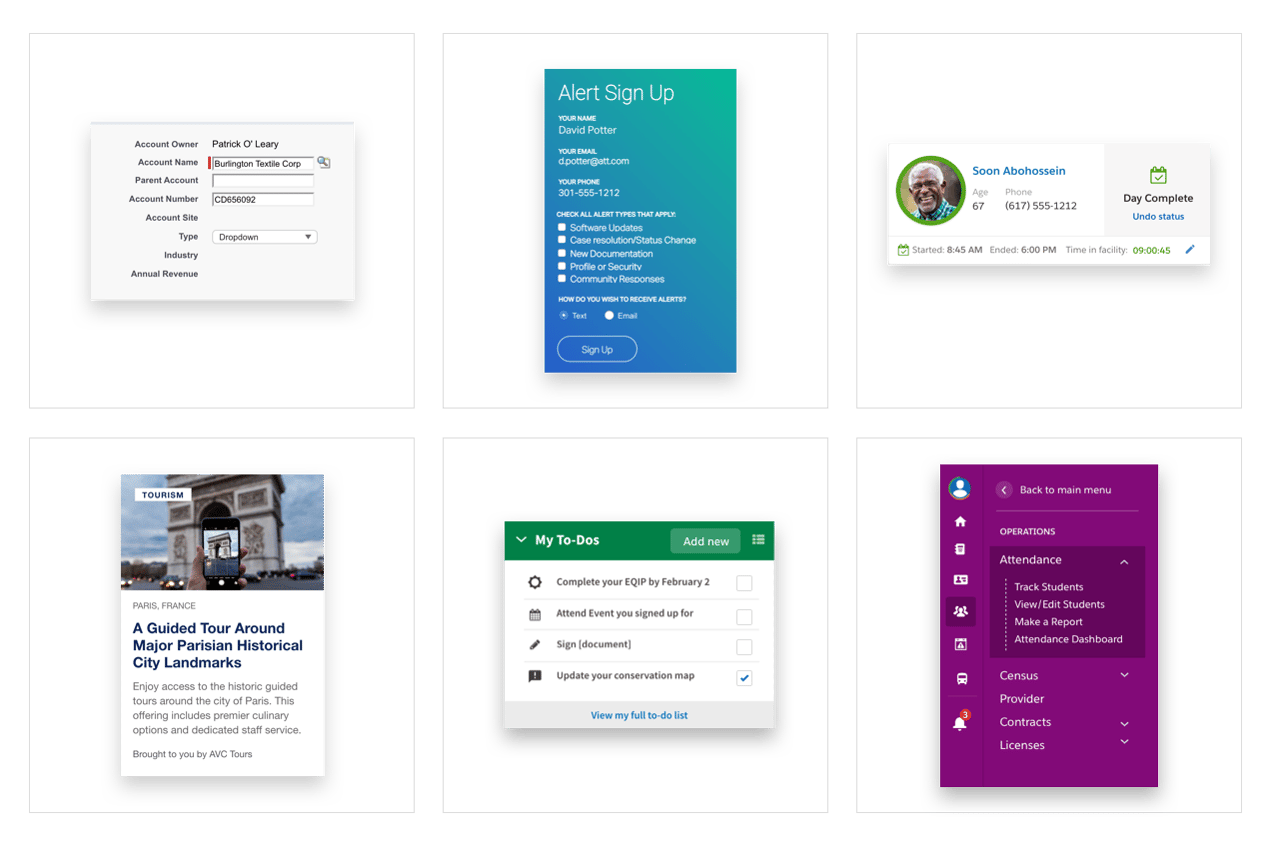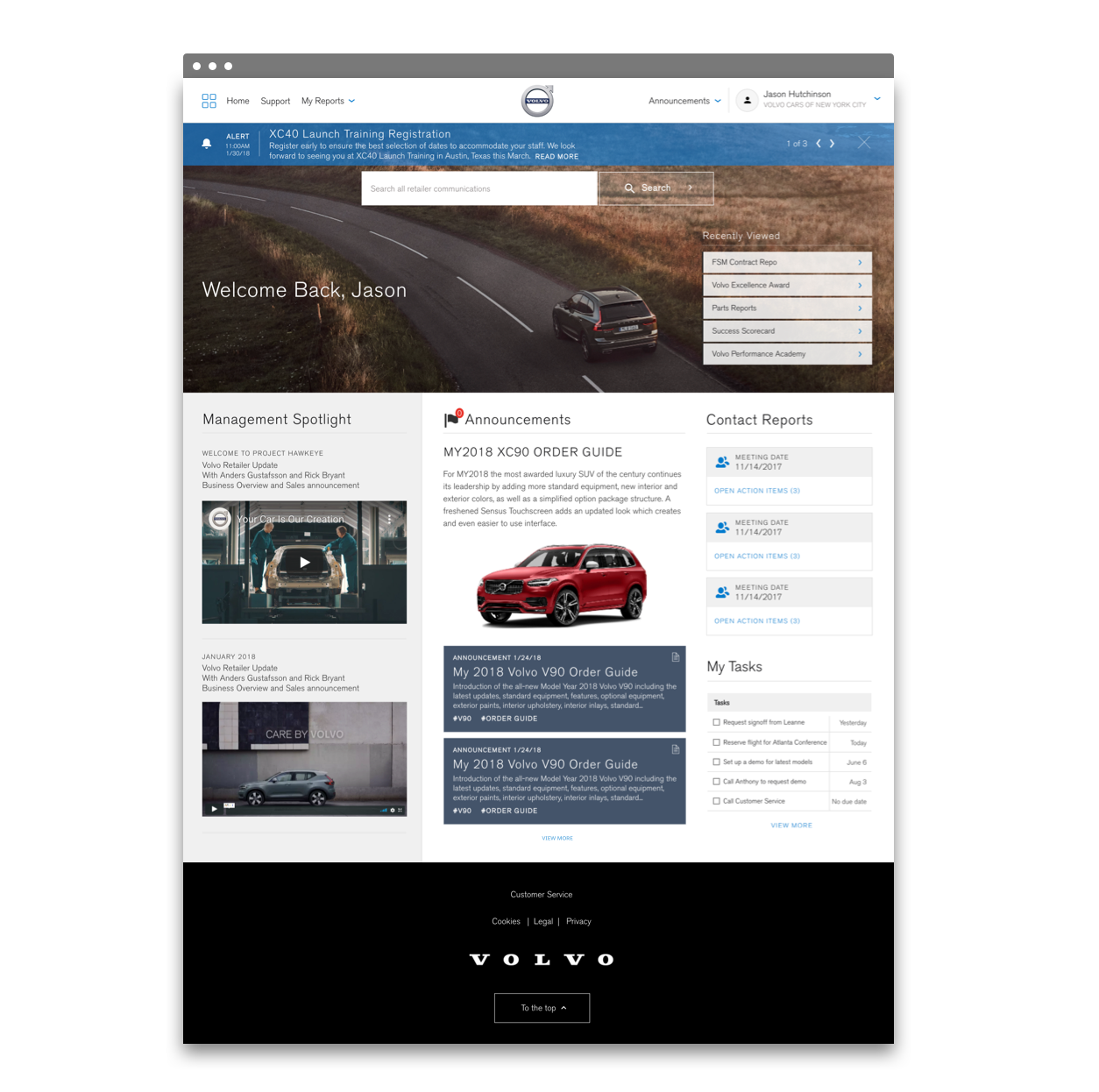Salesforce is one of those products where the reputation almost precedes the name. Their footprint is so big that you’re either using Salesforce yourself or know someone who does. You’ve probably seen the interface at some point; it has a lot of great features and functionality but one thing we’ve heard time and time again is “we have trouble getting people to actually use it!”
User adoption and engagement can be somewhat of a mystery for many of our clients. One thing that helps exponentially is visual design. Intuitive functionality makes a product easy to use but great design makes people actually want to use it.
Creating accessible beautiful solutions that are intuitive for everyone to use and make people want to interact with the product is a huge part of the puzzle that needs to come together to solve your engagement challenges. With design and branding often being an afterthought, clients don’t always realize the full potential that Salesforce has to offer when it comes to customizing their User Interface (UI).
There’s an art to balancing all the different ways to accomplish this: stick with the default, modify it slightly, or transform it entirely. We recommend starting with your brand’s look and feel or if branding has been an afterthought, now is the time to define and create that brand so you can deliver a consistent experience in ways that extend your company’s reach through all touchpoints.
In our example below, we’ve pulled out common visual features you could find on any web application. Now, pop quiz time, can you guess which one is a Salesforce component and which is not?

They actually all are compliant Salesforce components. The secret to this super easy enhancement is applying your visual personality, without changing the default structure of the salesforce component. Is it really that easy? Well, yes and sort of.
Depending on the portion of the platform you are working with, Salesforce allows for several quick ways to add thematic elements. In many cases, you can add your brand’s styles to specific themeable elements that Salesforce allows in your environment. We take this idea a step further and apply your brand to your custom Salesforce Lightning Web Components (LWC) or Community components, which can be reused all throughout your application, resulting in a cohesive look-and-feel that’s unique to your company.
To caveat, the reason we said ‘possibly’ for this type of solution, is because it's not easy to find a team of Salesforce developers and designers armed with knowledge and know-how to provide the foresight and skill to bend, squeeze, and mold your Salesforce instance without breaking it.

Don’t be frightened to include your brand in your Salesforce instance. Working creatively within or even stretching the boundaries (because sometimes going completely custom is the right answer) of software can sound daunting, but these solutions provide a structure and roadmap for success.
Think about the last time you changed a recipe because you were missing an ingredient, wanted to experiment a bit, or needed to modify for dietary restrictions; the recipe is a guide - a suggestion for success - not the magic formula. The same thinking can hold true for Salesforce: work with what you have but don’t be afraid to experiment a bit. Neglecting your brand to work in Salesforce does not have to be your default solution, instead work with it as it was intended, and you may find that a lot more people will start using it!
